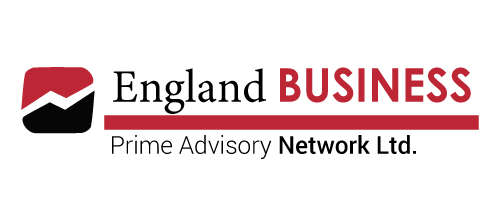A company must also usually provide a balance sheet to private investors when attempting to secure private equity funding. In both cases, the external party wants to assess the financial health of a company, the creditworthiness of the business, and whether the company will be able to repay its short-term debts. The income statement and statement of cash flows also provide valuable context for assessing a company’s finances, as do any notes or addenda in an earnings report that might refer back to the balance sheet. In short, the balance sheet is a financial statement that provides a snapshot of what a company owns and owes, as well as the amount invested by shareholders. Balance sheets can be used with other important financial statements to conduct fundamental analysis or calculate financial ratios.
Liabilities are presented as line items, subtotaled, and totaled on the balance sheet. Assets will typically be presented as individual line items, such as the examples above. Then, current and fixed assets are subtotaled and finally totaled together. She’s got more than twice as much owner’s equity than she does outside liabilities, meaning she’s able to easily pay off all her external debt. Annie’s Pottery Palace, a large pottery studio, holds a lot of its current assets in the form of equipment—wheels and kilns for making pottery. You can improve your current ratio by either increasing your assets or decreasing your liabilities.
What is the balance sheet formula?
Some executives may fiddle with balance sheets to make businesses look more profitable than they actually are. Thus, anyone reading a balance sheet should examine the footnotes in detail to make sure there aren’t any red flags. In this article, we’ll explain everything you need to know about a business’s balance sheet. If this balance sheet were from a US company, it would adhere to Generally Accepted Accounting Principles (GAAP), and the order of accounts would be reversed (most liquid to least liquid). He doesn’t have a lot of liabilities compared to his assets, and all of them are short-term liabilities. You record the account name on the left side of the balance sheet and the cash value on the right.
The debt-to-equity ratio
If he could convert some of that inventory to cash, he could improve his ability to pay of debt quickly in an emergency. He may want to take a look at his inventory, and see what he can liquidate. Maybe he’s got shelves full of books that have been gathering dust for years. If he can sell them off to another bookseller as a lot, maybe he can raise the $10,000 cash to become more financially stable. Bill’s quick ratio is pretty eps definition dire—he’s well short of paying off his liabilities with cash and cash equivalents, leaving him in a bind if he needs to take care of that debt ASAP.
Balance Sheet Analysis
To find out which is the right option for your business, check out our article detailing the best accounting software for small businesses. The articles and research support materials available on this site are educational and are not intended to be investment or tax advice. All such information is provided solely for convenience purposes only and all users thereof should be guided accordingly. 11 Financial is a registered investment adviser located in Lufkin, Texas. 11 Financial may only transact business in those states in which it is registered, or qualifies for an exemption or exclusion from registration requirements.
- For Where’s the Beef, let’s say you invested $2,500 to launch the business last year, and another $2,500 this year.
- On a more granular level, the fundamentals of financial accounting can shed light on the performance of individual departments, teams, and projects.
- Accounts within this segment are listed from top to bottom in order of their liquidity.
- Each category consists of several smaller accounts that break down the specifics of a company’s finances.
- Bill’s quick ratio is pretty dire—he’s well short of paying off his liabilities with cash and cash equivalents, leaving him in a bind if he needs to take care of that debt ASAP.
Similarly, it’s possible to leverage the information in a balance sheet to calculate important metrics, such as liquidity, profitability, and debt-to-equity ratio. A balance sheet provides a summary of a business at a given point in time. It’s a snapshot of a company’s financial position, as broken down into assets, liabilities, and equity. Balance sheets serve two very different purposes depending on the audience reviewing them.
Owner’s Equity/Earnings
It’s important to keep accurate balance sheets regularly for this reason. A balance sheet is also different from an income statement in several ways, most notably the time what is the difference between deferred revenue and unearned revenue frame it covers and the items included. Using financial ratios in analyzing a balance sheet, like the debt-to-equity ratio, can produce a good sense of the financial condition of the company and its operational efficiency. You will need to tally up all your assets of the company on the balance sheet as of that date.
Balance sheets can be used to analyze capital structure, which is a combination of your business’ debt and equity. Lenders will factor them into their decisions when doing risk management for credit. These reports are also used to disclose the financial position and integrity of your business (i.e., the overall value of your company), which is vital for attracting investors. Lastly, these statements are legally required to be produced and filed by public companies. A balance sheet is one of the most essential tools in your arsenal of financial reports.
